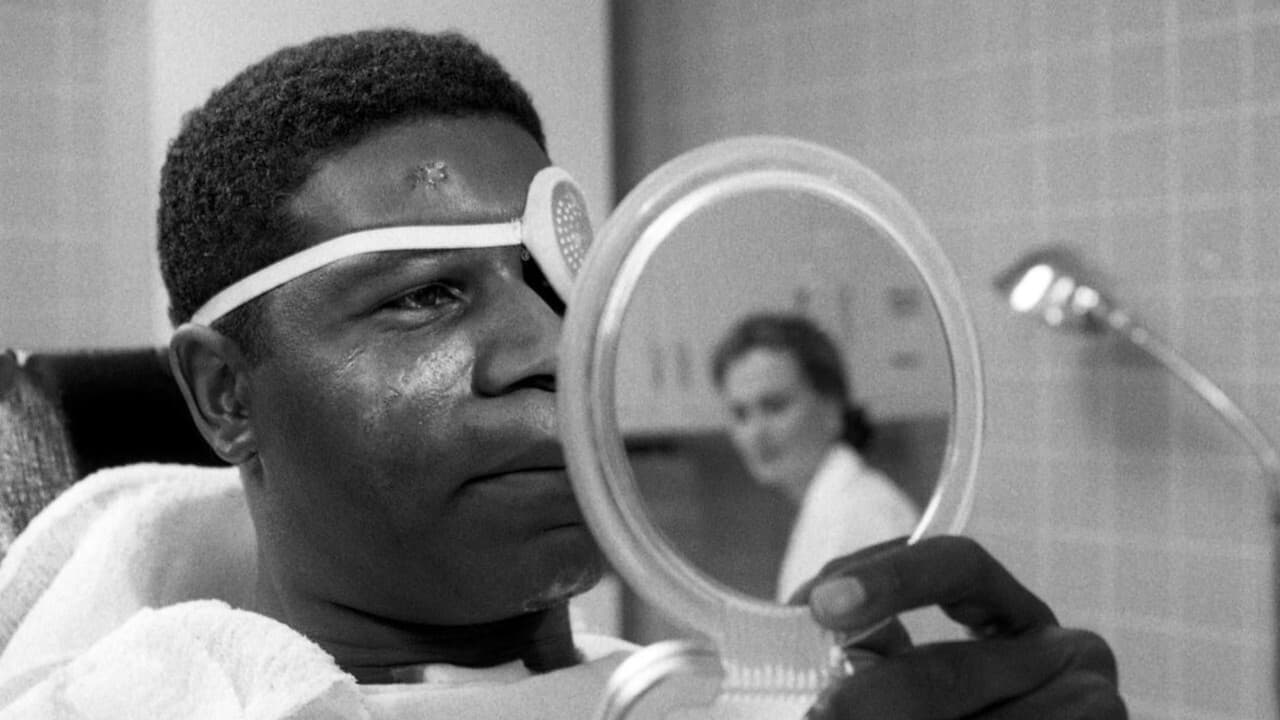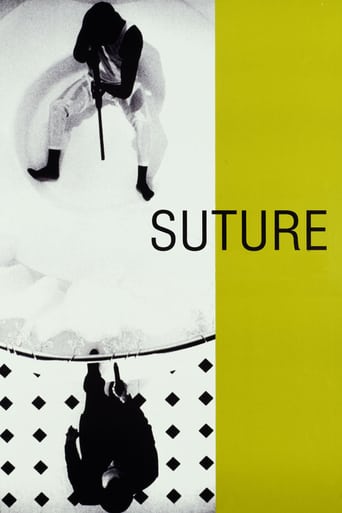



Although it has its amusing moments, in eneral the plot does not convince.
View Moreif their story seems completely bonkers, almost like a feverish work of fiction, you ain't heard nothing yet.
View MoreA clunky actioner with a handful of cool moments.
I think this is a new genre that they're all sort of working their way through it and haven't got all the kinks worked out yet but it's a genre that works for me.
View MoreThe construction worker Clay Arlington (Dennis Haysbert) meets his wealthy half-brother Vincent Towers (Michael Harris) in their father's funeral and sooner Clay travels from Needles to the city to visit Vincent. When Clay arrives, Vincent changes their IDs, gives his clothes to Clay and tells that he needs to travel but would be back on the next day. Clay drives Vincent to the airport in his car and Vincent explodes a bomb planted in the car. However Clay survives with amnesia and with his face and bones are restored by the specialist Dr. Renee Descartes (Mel Harris) that uses a video and pictures of Vincent to rebuild his face. The amnesic Clay assumes the identity of Vincent and learns that he is the prime suspect of Lieutenant Weismann (David Graf) for the suspicious murder of his father. Further, Renee and he fall in love for each other. With the support Dr. Max Shinoda ( Sab Shimono), Clay finally retrieves his memory and has to decide which life shall be buried. "Suture" has a good story but the viewer shall buy first that the African American Dennis Haysbert and the Caucasian Michael Harris resemble each other. The plot has many flaws, and I believed that the brotherhood of Vincent and Clay had been kept in secret due to racial issues. Therefore, there is no explanation why the brothers have different social conditions having a wealthy father. And what about the fingerprints of Clay and Vincent, how could they match each other? The black and white cinematography is very beautiful and the camera work is excellent. My vote is six.Title (Brazil): Not Available.
View MoreApart from being wholly original, filled with homage, visually stunning, and satisfyingly rich on levels that expand with each viewing, I found this movie's deadpan conceits hilarious. The plot hinges on extreme physical resemblance between a skinny, sociopath, upper-class white guy (Vincent), and a man who looks and is nothing like Vincent, except they share the same father, whom Vincent has probably murdered. A similar trick was played, but in reverse, in Charles Willeford's brilliant short novel, Pick-Up. But back to the conceits. Awful Vincent enacts a plan to beat the patricide rap by fratricide. To this end, he invites brother Clay, whom he met at Dad's funeral, to Phoenix for the weekend. Clay, (both malleable and model-handsome - get it?) survives murder-by-exploding-car with horrible injuries and no memory, and is, in fact, taken to be Vincent. Throughout the movie, few notice the difference between the strange white guy and the giant, hunky, wonderful, black man. The difference, when taken, is moral, not physical. Among the many virtues of this movie: the psychic soundness of Clay's return to mnemonic wholeness; genuine happiness between the surpassingly lovely plastic surgeon and Clay; the pleasure of viewing (for once) the character delineation of a whole man incidentally black, with the white folks stereotyped. Good acting, especially by Dennis Haysbert and Dina Merrill.
View MoreA few years ago a friend and I were picking out a movie to watch. Since we had seen just about everything we decided to give this movie a try. The film ended up being a huge surprise to us, clever, well shot and nicely paced, with strong acting. This film is overflowing with Hitchcock style themes and also has a 1960s Twilight Zone feel to it. This was also the first time I have seen Dennis Haysbert (24, All State Commercials) in a film and he does a fantastic job. Some of the compositions and the overall cinematography are also handled with skill with some shots being smartly composed. What really made a lasting impression was the way the film handles reality, and the reality that the camera sees. Don't let the silly title and the black and white film stock keep you away from this unique movie.
View MoreA masterpiece of black and white Cinemascope, a brilliant use of the format. Every frame is beautifully composed with meticulous production design and art direction. It is so stylized that perhaps only ardent cinephiles can really appreciate it. The story is about a rich murderer who discovers that he has a long lost brother who looks so much like him that, if he is killed by a car bomb (in the murderer's car, in his clothes, carrying his identification), nobody will guess it isn't the murderer. The innocent brother is so poor and naive that he allows himself to be set up, but, instead of dying, he survives with a smashed face and no memory. The justification for this implausible setup is the opportunity to explore the idea of identity by positing an amnesia patient who is fitted with a very different person's face and past. If this story had been told in a conventional way with color, a narrower screen size, realistic rather than stylized acting, and the casting of two actors who looked very similar, it would have made a reasonably interesting thriller. The brilliance lies in the artifice, especially in casting the wonderful Dennis Haysbert in a role written for his directly opposite physical type. The filmmakers seem to expect the audience to be able to watch the movie on more than one level. The story allows the audience to consider the obvious questions about the nature of identity, but the stylization allows the audience to consider the different questions about the nature of the film experience.
View More